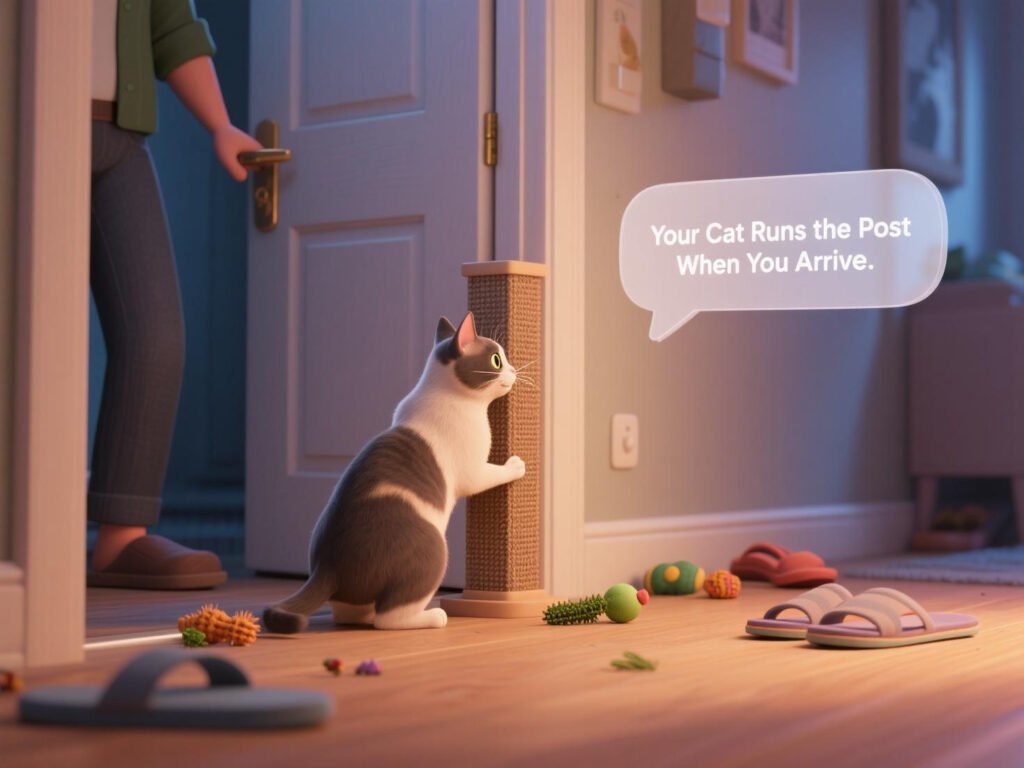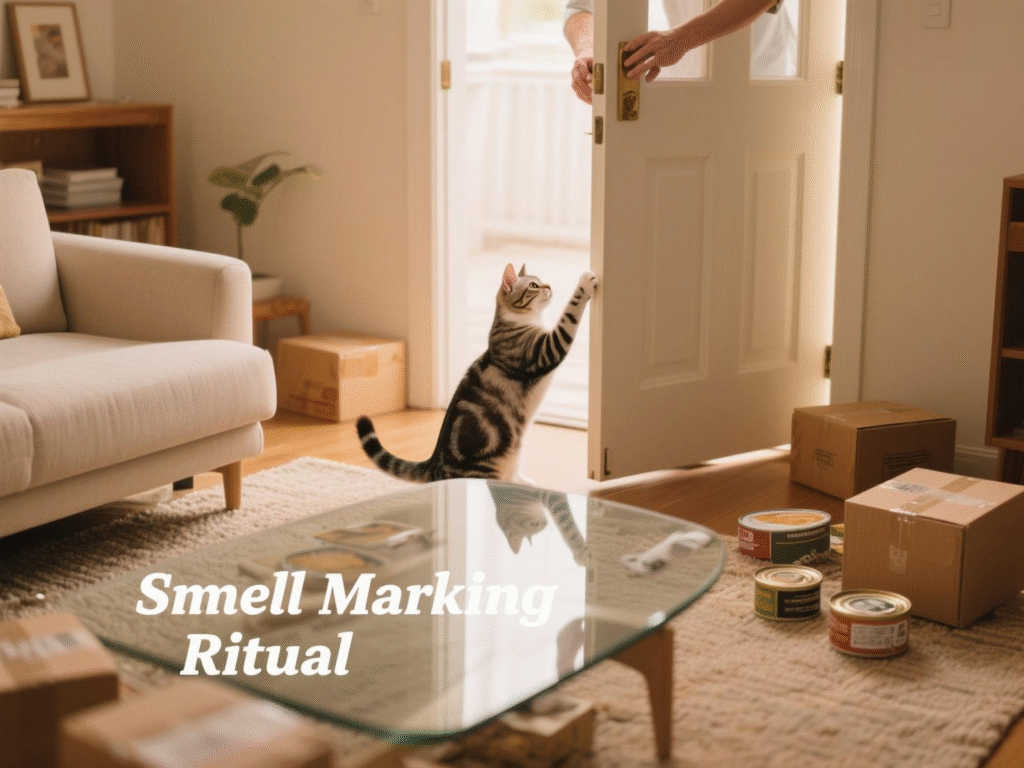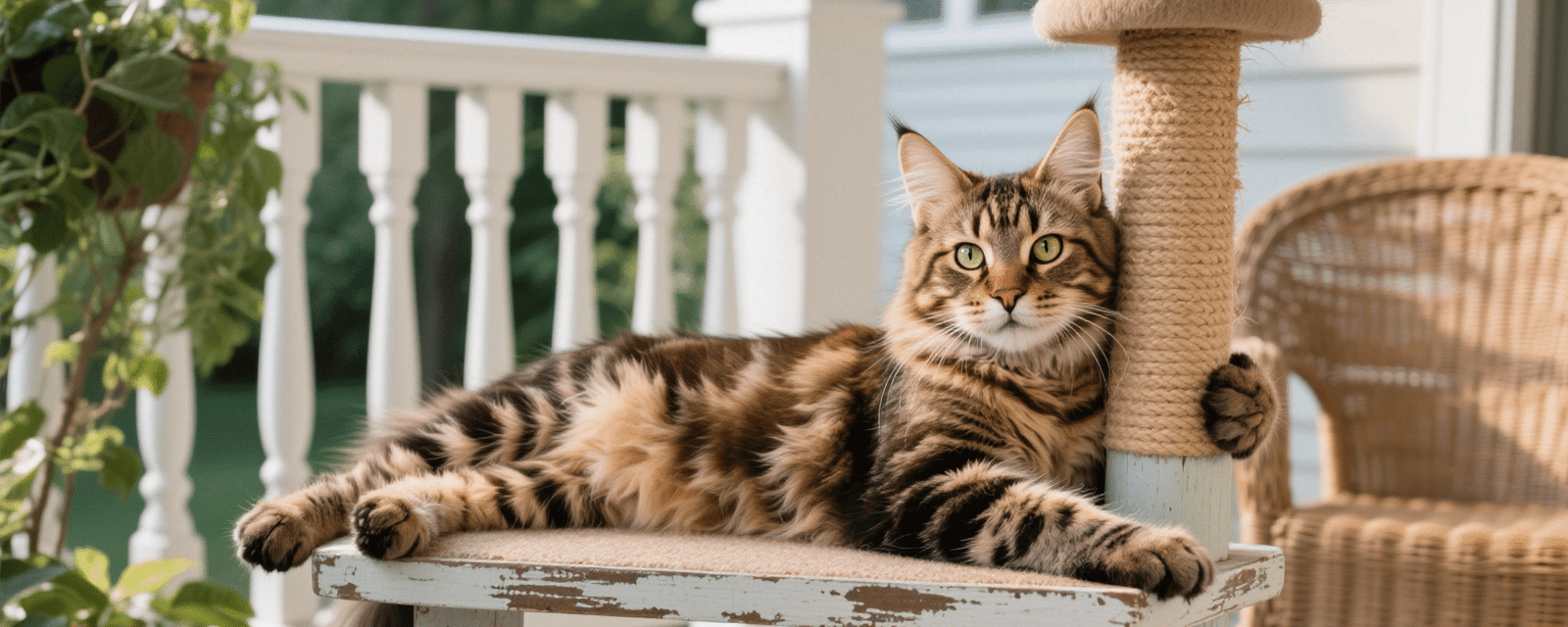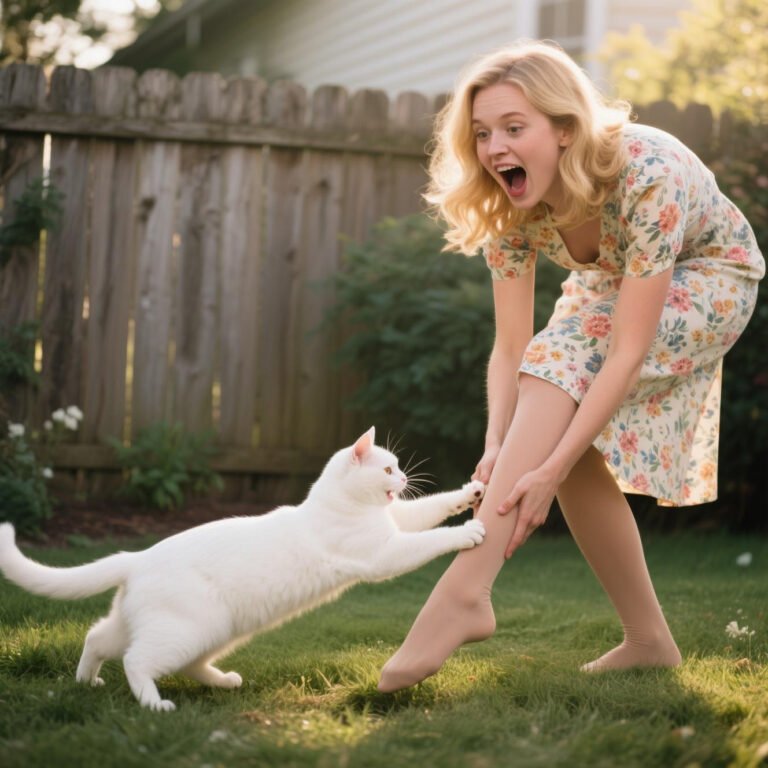Why Does My Cat Run to the Scratching Post When I Come Home? Feline Behavior Explained
If your cat dashes to the scratching post the moment you walk through the door, you’re witnessing a fascinating blend of instinct, emotion, and environmental adaptation. This behavior, while sometimes puzzling, reveals critical insights into feline psychology and biology. Let’s decode the science behind this quirky habit and explore how it benefits both cats and their human companions.

Understanding the Core Instincts Behind Scratching
Scratching is an essential feline behavior rooted in three primary biological drives:
1. Territorial Marking
Cats have scent glands in their paws that release pheromones when they scratch. This “signature” communicates ownership and familiarity, creating a calming environment.
2. Claw Maintenance
Scratching removes dead outer claw sheaths, keeping nails sharp and healthy. A 2024 survey found that 85% of cats prefer dedicated scratching posts over furniture when properly introduced.
3. Emotional Regulation
Scratching releases pent-up energy and reduces stress hormones like cortisol. Certified feline behaviorist Stephanie Merlin notes, “Vertical scratching posts mimic natural tree surfaces, fulfilling evolutionary needs while providing stress relief”.

Why Your Cat Runs to the Post When You Arrive
1. Excitement and Greeting Rituals
Your return triggers a surge of excitement. Scratching helps channel this energy positively.
- Reddit User @CatDadLife: “My cat races to her post when I get home, scratches wildly for 10 seconds, then flops over for belly rubs. It’s her way of saying, ‘I missed you!’”
2. Reclaiming Territory
Your scent “contaminates” their space while you’re away. Scratching reasserts their ownership.
- Pro Tip: Place posts near entryways to satisfy this instinct without damaging doors.
3. Stress Relief After Isolation
Cats left alone may scratch to self-soothe. A 2025 study showed cats with scratching posts exhibited 40% fewer stress behaviors (e.g., overgrooming) than those without.
4. Attention-Seeking Behavior
Cats learn that scratching posts near humans often lead to interaction.
- Amazon Review: “I started praising my cat when she used the post after work. Now she does it on cue!”

How to Optimize Scratching Post Use
1. Strategic Placement
- Entryways: Satisfies territorial marking upon your arrival.
- High-Traffic Areas: Provides security while allowing observation.
- Multi-Cat Homes: Install separate posts to reduce competition.
2. Material Matters
| Material | Pros | Cons | Best For |
|---|---|---|---|
| Sisal Rope | Durable, mimics tree bark | Rough texture | Active scratchers |
| Cardboard | Affordable, replaceable | Short lifespan | Budget-conscious owners |
| Carpet | Soft on paws | Confuses cats into scratching rugs | Kittens/seniors |
3. Size and Stability
- Height: Minimum 30″ to allow full-body stretching.
- Base Width: At least 16″×16″ to prevent tipping.
Addressing Common Problems
1. Ignoring the Post
- Solution: Rub catnip on the surface or hang interactive toys.
2. Over-Scratching
- Solution: Trim nails every 2–3 weeks and provide alternative outlets like puzzle feeders.
3. Multi-Cat Household Conflicts
- Rule: One post per cat + one extra.
- Case Study: A Portland shelter reduced inter-cat conflicts by 60% after doubling scratching posts.
FAQ: Solving Scratching Post Mysteries
Q: Why does my cat scratch more when I have guests?
A: New scents trigger territorial marking. Place a post near the guest area to redirect behavior.
Q: Are wall-mounted posts effective?
A: Yes! Vertical posts satisfy climbing instincts. The Yaheetech 63″ model is Reddit’s top pick for stability.
Q: Can older cats learn to use posts?
A: Absolutely. Pair posts with joint-support supplements for arthritic cats, and reward with low-calorie treats.
Q: Do cats prefer horizontal or vertical posts?
A: 70% prefer vertical, but Maine Coons often favor horizontal surfaces. Offer both types.
References
- AlongWalker. (2025). The Importance of Cat Trees. https://my.alongwalker.co/z/2101.html
- Animals Around the Globe. (2025). 13 Ways to Show Your Cat You Love Them. https://www.animalsaroundtheglobe.com/13-ways-to-show-your-cat-you-love-them
- Merck Veterinary Manual. (2024). Feline Stress Management. https://www.merckvetmanual.com/cat-owners
- PetMD. (2024). Scratching Post Placement Guide. https://www.petmd.com/cat/behavior
- Bark & Whiskers. (2018). Choking Hazards and Cat Behavior. https://www.barkandwhiskers.com/2018-05-24-nl-common-causes-of-choking-in-pets

